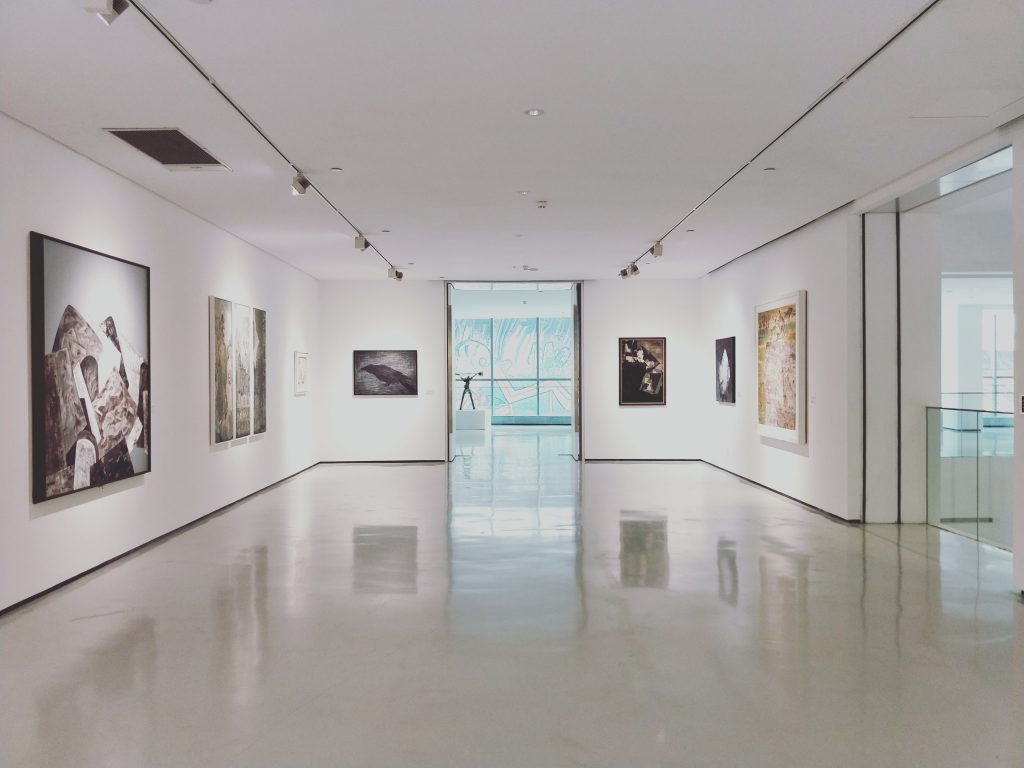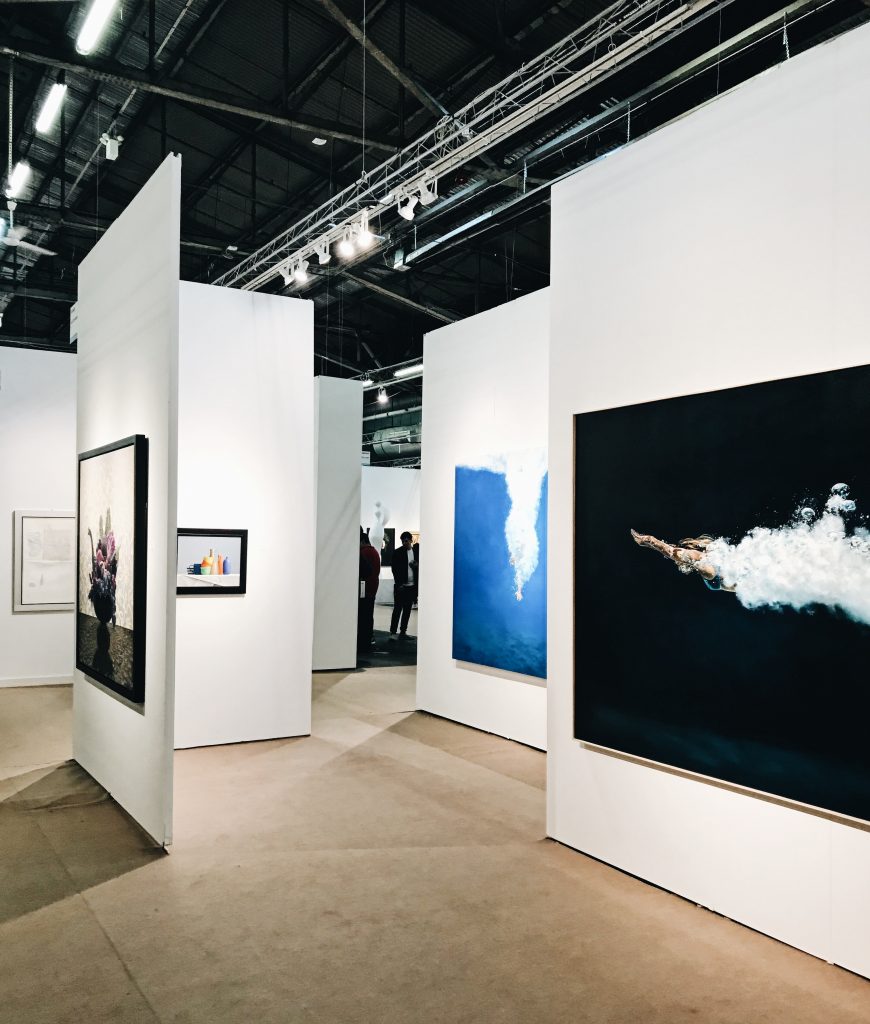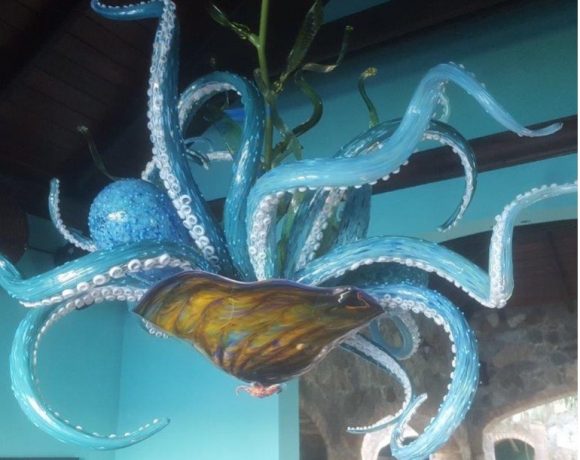A common misconception about artist statements is that they are an artist’s bio. It’s about you and the art, your body of work, and not about how old you are and where you are from — except if this information is essential in understanding your work. Think about it this way; it’s not about your history as an artist, but more about what you are up to at the moment. An artist’s bio is a brief introduction of you, and it’s usually shorter than an artist’s statement. Below you’ll find 10 tips on how to write a unique artist’s statement.
BRIEF SUMMARY OF YOU
Every time you begin introducing your work, you need to share some information about yourself. How old are you, where you are from, where did you study — if you’ve studied somewhere and some other basic facts that are important for your work. Think of having your bio as part of your artist statement. But, there are a lot of ways you can introduce yourself, it doesn’t need to be the traditional way, you could end up matching your work with the information you’d like to share.
BRIEF SUMMARY OF YOUR BODY OF WORK
In your artist statement, it’s important to include a brief history of your body of work. When composing this paragraph, it’s difficult to keep it short, simple, and to the point. Don’t include every detail of your journey, but rather think of turning points in your path as an artist. Think of the pieces of work you created that transformed your point of view or came from a place of rethinking. Consider the situations that inspired you to create and in what way this influenced you. Last, this needs to be a brief statement, so choose what you want to include wisely.
INFLUENCES
Another subject you should consider including is your influences. When writing about influences, it’s important to not be just name-dropping. Think about how other artists inspired your work, and in what way you look up to them. When deciding what to write in this section, be sure to fact-check your information.

PREFERRED MEDIUM AND METHOD
Now, method and medium are two completely different things. Your method could be the same, while the medium may change constantly. So apart from sharing your work, you can share how you work. How do you approach a piece of art? What is it that you do first? How do you research? These are all questions that you can answer in this segment that will highlight your uniqueness.
A PARTICULAR PIECE OF YOUR WORK
In an artist statement, it’s important to focus on the present. Think of a piece of work that you have created in the past or something that is current, and it reflects on the issues and themes that are close to you right now and showcase it. Explain why it’s important to you and why you have selected the particular piece to say something more. It could be your latest piece of work or something you have created a long time ago, but it feels current to your state of mind at the moment.

Photo by Dannie Jing on Unsplash
IDEAS ON THE EXHIBITION OF YOUR PARTICULAR WORK
The work in itself and how it’s exhibited are different decisions that affect one another. Showcase your ability to think out of the box when exhibiting a piece. Even if you haven’t had your work in a gallery or shown to the public, you can write your ideas on how you envision it. This segment will give the reader a feeling for the final product, while it showcases your process and method as an artist.
WHAT YOU ARE EXPERIMENTING WITH, WHAT YOU WISH TO EXPLORE IN THE FUTURE
This segment is very important because it’s referring to the direction you wish to go to, your future. How are you pushing your boundaries? What is it that you want to explore further and experiment? These are questions that should be answered in this segment. You could write about different techniques and methods that you’d like to try, different mediums, a combination of mediums, etc.
THINK OF THE WHY CONSTANTLY
A great tip that someone told me once when I was writing my own statement was to think of why you are including every piece of information. Writing an artist statement is very personal and psychoanalytic in a way. It requires you to be honest and very open with your work, your thoughts, and your intentions. The more honest you are with yourself, the more unique your work will be.

Photo by Praewthida K on Unsplash
WRITE KEYWORDS THAT YOU WANT TO INCLUDE THAT SHOW THE CONNECTION TO YOUR WORK
Another trick that you could try is to jot down some keywords that you believe describe you and your work best, and then try to find a structure that makes sense to include all these pieces of information together. You can take each one of the questions you want to answer and write down five keywords for each.
INCLUDE YOUR ASPIRATIONS AS AN ARTIST; WHAT IS YOUR VISION?
This segment is closely tied with the “What would you like to explore” section, but it is a wider answer. It’s a segment where you could write how you envision yourself and your art in 10 years. You could write about your values, how you want to continue transforming, what you would like to achieve, etc. It could be something that isn’t only about you — it could be your vision for a better world and how you would or will contribute to it.
CONCLUSION
As it was stated previously, an artist’s statement is deeply personal because it showcases an artist’s connection to their work. As long as you are honest and know why you are including all these little pieces of yourself, the information you deem important, you will end up with your own unique voice and identity. Show your journey, your method, your point of view, and you’ll have an artist statement you are proud to represent you and your art!
Author Bio: Nicole Garrison is a professional writer and art enthusiast at TrustMyPaper. She loves traveling, reading books, and going to museums. Nicole writes frequently on blogs and sites to share her expertise as a writer.









NO COMMENT